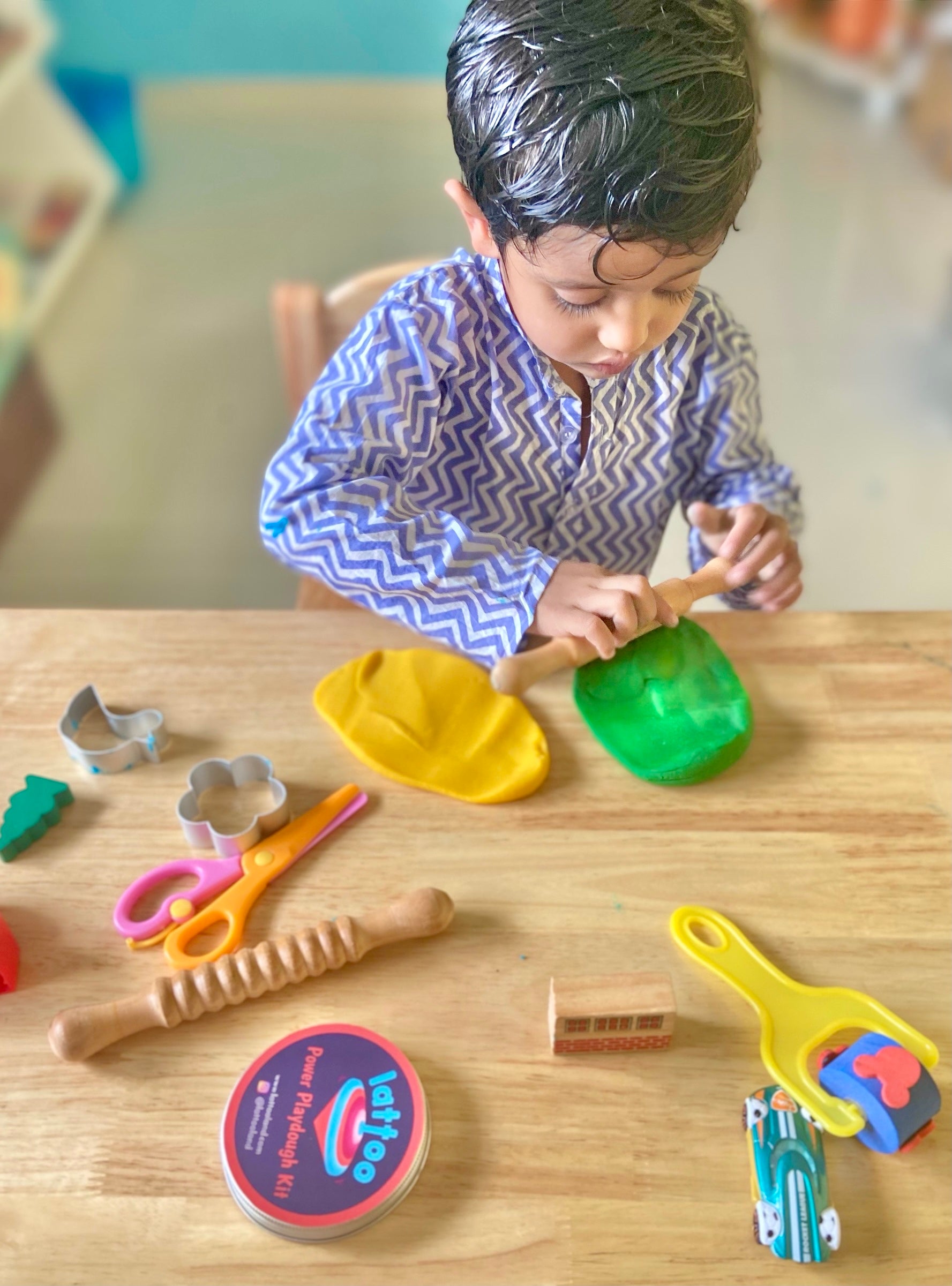Choosing the Best Teether for Your Baby: Tips for New Parents
As a new parent, watching your baby go through the teething phase can be both exciting and challenging. While it marks a significant milestone in your little one’s development, teething can also bring about discomfort for both the baby and the parents. The signs of teething—sore gums, excessive drooling, and the need to chew on anything they can find—are often clear indicators that your baby is in need of relief.
The right teether can be a great solution to help soothe your baby's discomfort, but with so many options in the market, it can be overwhelming to choose the best one. It's important to select a teething toy that is not only effective in providing relief but also supports your baby’s oral and sensory development. A good teether encourages babies to grip, chew, and explore, which helps to strengthen their muscles and improve fine motor skills.
Here’s a simple and easy-to-follow guide to help you pick the perfect teether for your baby.
Why Does Your Baby Need a Teether?
Teething typically begins around 4 to 6 months, and during this stage, babies experience gum soreness, irritation, and an increased urge to chew. Teethers are designed to provide comfort by gently massaging sore gums and encouraging safe oral exploration.
Using a Best Teether can help your baby:
- Soothe gum pain naturally
- Develop fine motor skills by grasping and holding object
- Improve hand-eye coordination as they bring the teether to their mouth
- Reduce the urge to chew on unsafe objects
What to Look for in a Baby Teether?
Choosing a safe and effective teether is crucial for your baby’s health. Here are the top features to consider:
1. Safe & Non-Toxic Materials
Since your baby will be putting the teether in their mouth frequently, always choose a BPA-free, phthalate-free, and chemical-free teether. Natural wood, food-grade silicone, and organic rubber are great options.
2. Easy to Grip & Hold
Teethers should be lightweight and ergonomically designed for tiny hands. A good grip helps enhance motor skill development while making chewing easier.
3. Textured Surface for Extra Relief
Raised bumps, grooves, or different textures can massage sore gums better and provide additional comfort.
4. Durable & Easy to Clean
Babies drop things constantly. Look for a teether that is sturdy, durable, and easy to sanitize—whether by washing, boiling, or wiping down with a damp cloth.
5. Eco-Friendly & Sustainable
If you prefer an earth-friendly choice, opt for wooden (preferably neem or beech wood given its antibacterial properties) or biodegradable teethers that are safe for your baby and kind to the environment.
Types of Teethers & Their Benefits
Now that you know what to look for, let’s explore some of the best teether options available:
1. Wooden Teethers (Best for Natural & Eco-Friendly Choice)
-
Made from natural wood (like neem or beech or maple)
-
Naturally antibacterial & chemical-free
- Safe, durable, and biodegradable
2. Silicone Teethers (Best for Flexibility & Softness)
-
Soft yet firm to soothe gums
-
Food-grade & non-toxic
- Easy to clean & freezer-safe
3. Teething Rings (Best for Grip & Chewing)
-
Classic & easy to hold
-
Can be cooled for added relief
- Helps with grip development
4. Teething Mittens (Best for Babies Who Love Their Hands)
-
Wearable & chewable
-
Prevents hand chewing & irritation
- Soft & machine-washable
Our Top Pick: Wooden Teethers – A Safe & Sustainable Choice
For a natural, eco-friendly, and baby-safe teething solution, wooden teethers are a top choice. Made from materials like neem and beechwood, they are free from harmful chemicals and plastics, offering a safe, durable, and soothing option for teething babies. With antibacterial properties and a long-lasting design, they provide comfort while supporting a sustainable lifestyle. Ideal for eco-conscious parents, wooden teethers ensure your baby’s well-being while being gentle on the environment.











